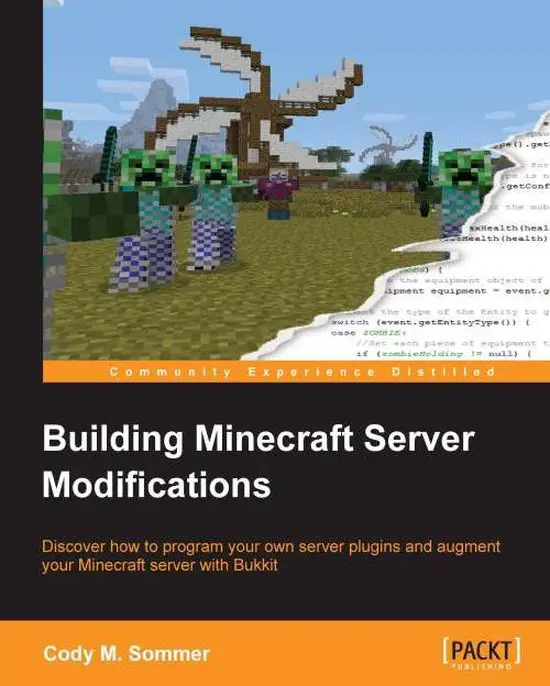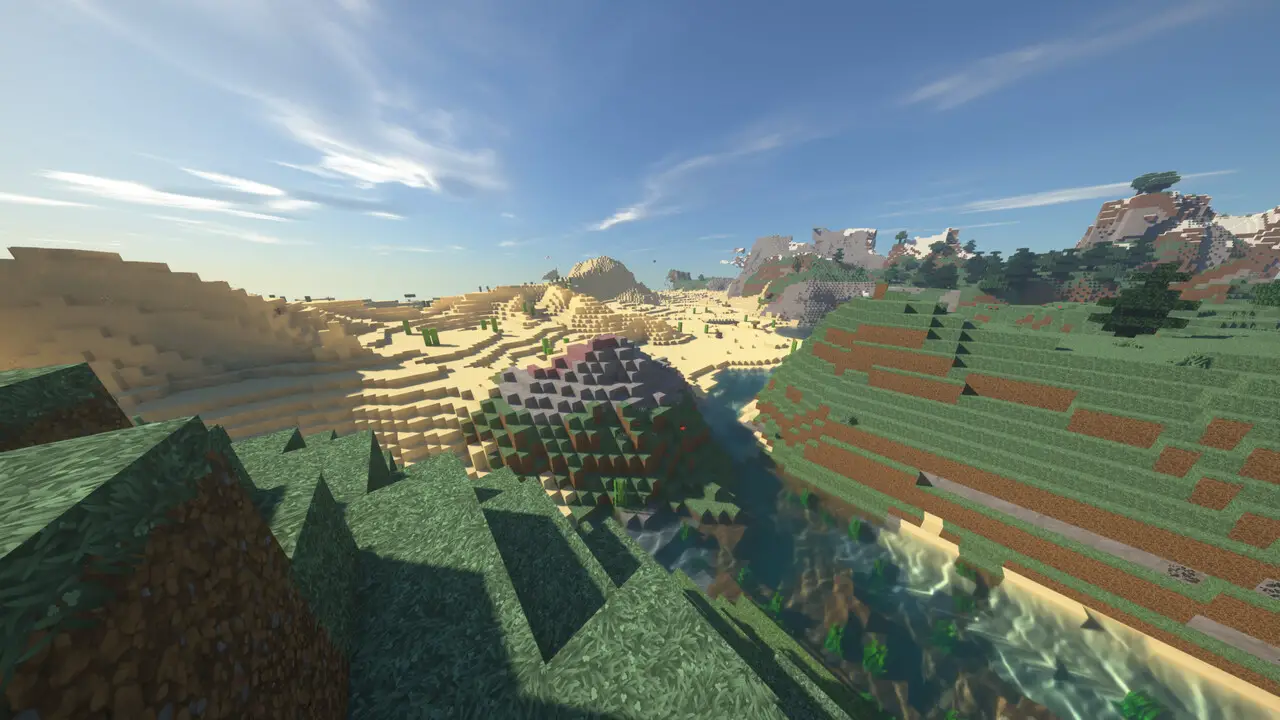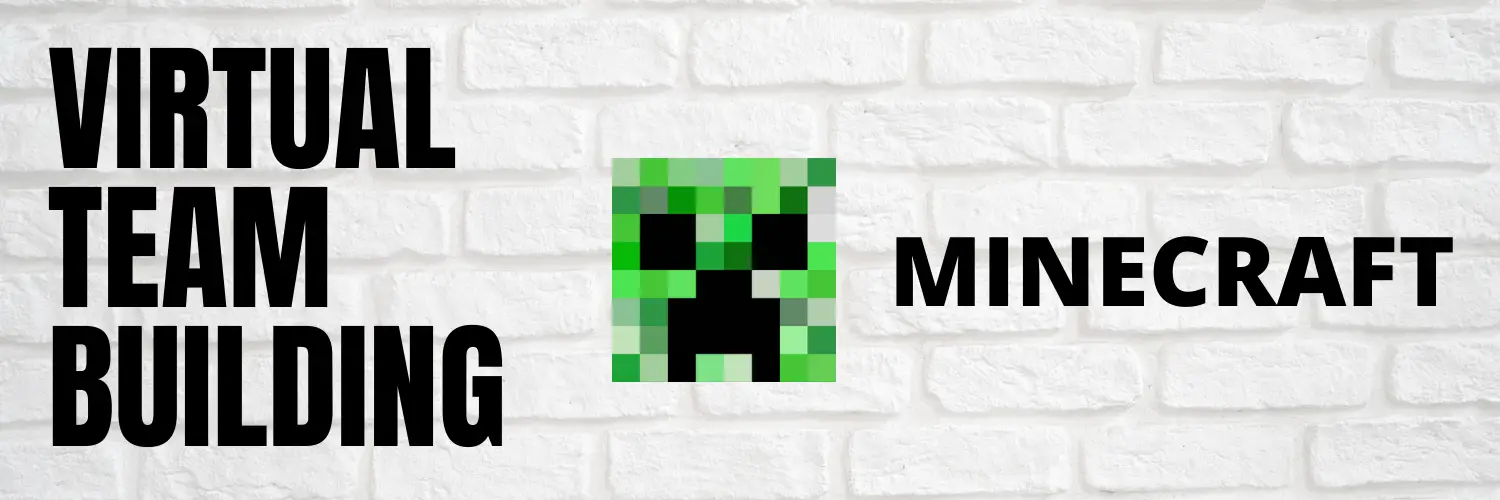Building a Minecraft server can be a thrilling project for gamers and enthusiasts alike. Whether you want to play with friends or create a public server for the community, the hardware and setup process plays a crucial role in ensuring a smooth and lag-free gaming experience. Here’s a detailed explanation of the steps involved:

Hardware Requirements:

-
CPU and RAM:

- Choose a powerful CPU with multiple cores and high clock speeds. A gaming-grade processor like Intel Core i7 or AMD Ryzen 7 is recommended to handle the server load effectively.
- Allocate sufficient RAM to support the number of players and plugins. Generally, 8GB of RAM is a good starting point, but consider increasing it if you plan to host a larger server.
-
Storage:
- Opt for a fast SSD with ample storage capacity. Minecraft server files and world data can occupy significant space, so a 500GB or 1TB SSD is a good choice.
-
Network Connectivity:
- Ensure your server has a reliable and high-speed internet connection. A stable and fast upload and download speed is essential for smooth gameplay.
-
Server Operating System:
- Choose an appropriate operating system for your server. Linux distributions like Ubuntu or Debian are popular choices due to their stability and performance.
-
Case and Cooling:
- Select a server case with good airflow and space to accommodate your hardware components. Ensure adequate cooling solutions, such as fans or a liquid cooling system, to prevent overheating.
Server Setup:
-
Install the Server Software:
- Download the Minecraft server software from the official Minecraft website. Carefully follow the installation instructions to set up the server on your chosen operating system.
-
Create a World:
- Once the server is installed, you can create a new world or import an existing one. Select the game mode (such as Survival, Creative, or Adventure) and customize the world settings as desired.
-
Configure Server Properties:
- Edit the server properties file (
server.properties) to adjust various settings, including the server name, player limits, difficulty level, and other gameplay parameters.
- Edit the server properties file (
-
Install Plugins (Optional):
- If you want to enhance your server with additional features, consider installing plugins. Plugins can add new game mechanics, enhance security, improve performance, and more.
-
Configure Firewall and Port Forwarding:
- Configure your firewall to allow incoming connections on the Minecraft server port (default: 25565). Additionally, set up port forwarding on your router to direct traffic from the internet to your server.
-
Test the Server:
- Once everything is configured, test the server by connecting to it using the Minecraft client. Troubleshooting any issues at this stage is crucial to ensure a successful launch.
Additional Tips:
-
Regular Updates: Keep your server software, plugins, and operating system up to date to ensure optimal performance and fix any potential security vulnerabilities.
-
Backups: Create regular backups of your server files, including world data, to protect against data loss due to hardware failures or accidental deletions.
-
Monitoring and Performance Tuning: Use tools to monitor server performance and resource usage. Adjust JVM arguments and performance settings as needed to optimize server performance.
-
Security: Implement security measures to protect your server from unauthorized access, griefing, and other malicious activities. This may involve setting up a whitelist, enabling online mode, and using anti-griefing plugins.

This is agood article, it helped me alot, thanks
This but does not say wat is the bet way 2pic a processor
Is not as easy as it sounds, great stuff you put here
I disagree with the recommended server software, it is not the best, and there are other options that are better, this article is lame
Yeah, good luck with that, setting up a server is a pain, you will fail for sure
I tried to set up a server once, and my cat ate the cables, lol
There are some additional tips that can be added to the article, like using a server monitoring tool
This is a great article, it helped me a lot, thanks for sharing
This article is not good, it does not provide enough information
Wow, this is the most amazing article I have ever read, not
I disagree with the author’s opinion on the best server software, there are other options that are better